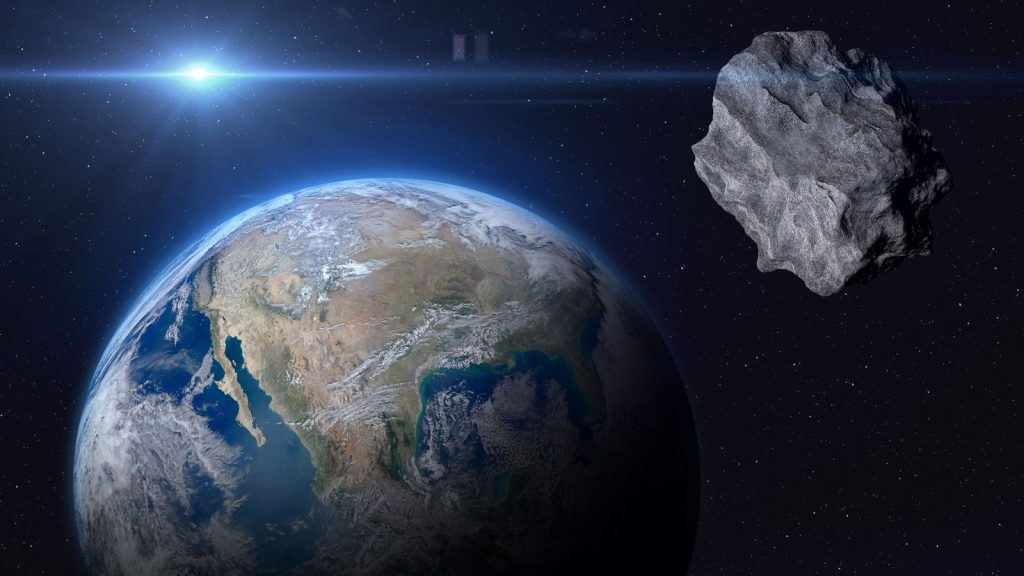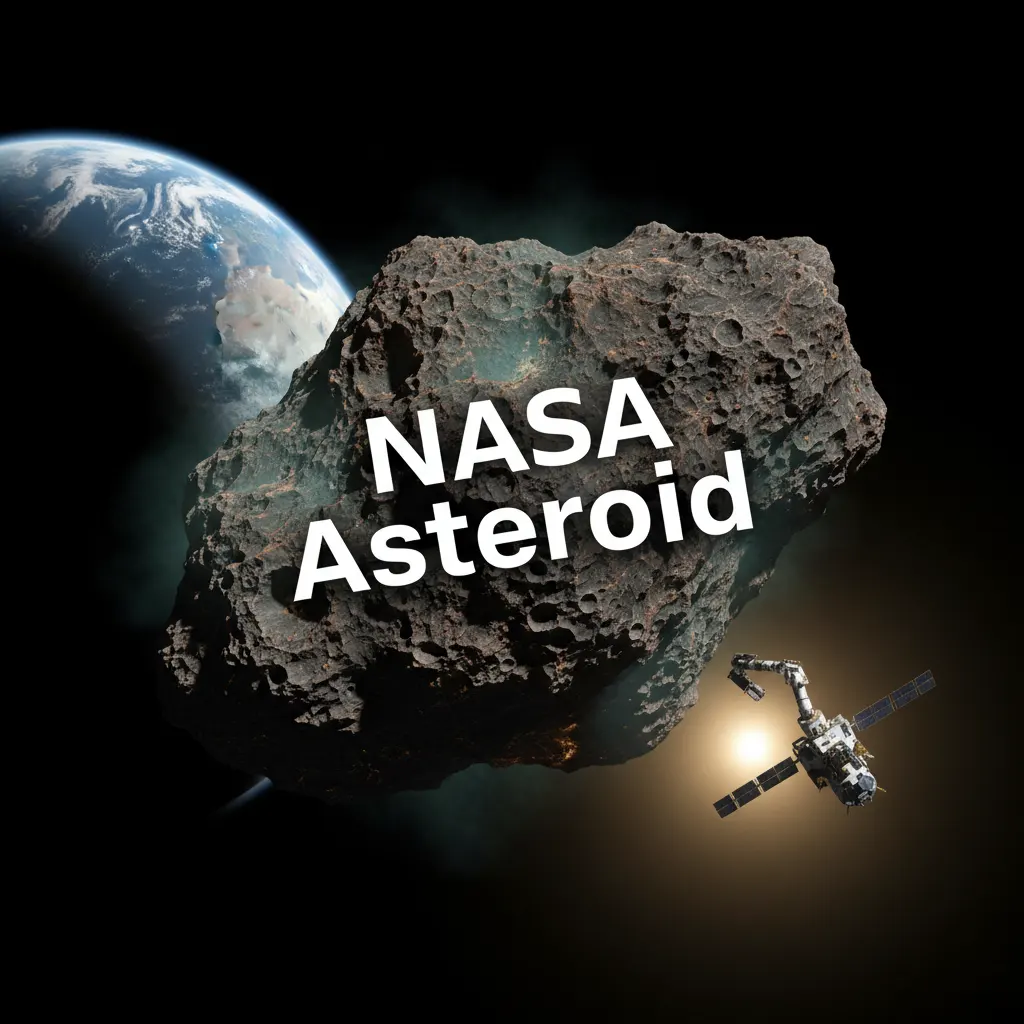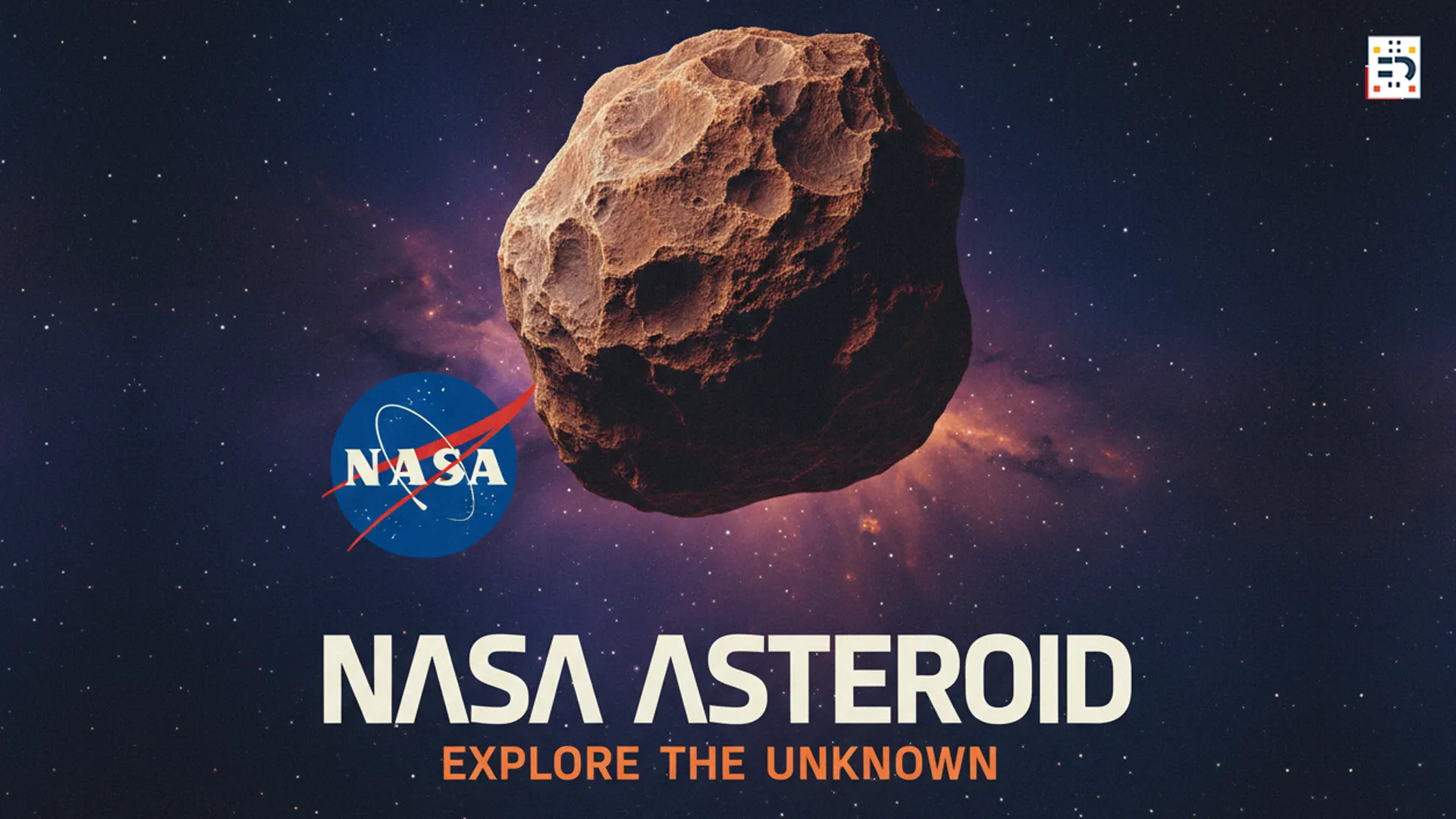Breaking: NASA Confirms Asteroid 2024 YR4 Poses No Earth Impact Threat
NASA’s latest asteroid tracking efforts have made headlines across the United States as scientists successfully reassess and eliminate the threat posed by asteroid 2024 YR4. Initially dubbed a potential “city-killer asteroid,” this space rock measuring 174-220 feet in diameter captured national attention when early calculations suggested up to a 3.1% chance of Earth impact in December 2032.
For comprehensive asteroid tracking data and real-time updates, visit NASA’s Center for Near Earth Object Studies (CNEOS) which provides the most authoritative source for potentially hazardous asteroid information affecting American communities.
What Makes 2024 YR4 Significant for Americans?
The asteroid 2024 YR4 discovery represents everything that makes NASA’s planetary defense program essential for protecting American families and communities. Using advanced space telescopes including the James Webb Space Telescope, NASA scientists in the United States led the international effort to track, analyze, and assess this potentially hazardous asteroid.
Key facts about asteroid 2024 YR4:
- Size: Approximately 15-story building height (174-220 feet)
- Classification: Near-Earth asteroid (NEA)
- Discovery Date: December 2024
- Current Risk Assessment: No significant Earth impact threat
- Next Observable Period: 2028

NASA’s DART Mission: America’s First Successful Planetary Defense Test
The Double Asteroid Redirection Test (DART) mission stands as one of NASA’s greatest achievements in space defense technology. This groundbreaking American-led mission successfully demonstrated humanity’s ability to deflect dangerous asteroids before they threaten Earth.
Learn more about the complete DART mission timeline and technical details at the Johns Hopkins Applied Physics Laboratory DART Mission page, which managed this historic planetary defense demonstration.
DART Mission Success Highlights
NASA’s DART spacecraft deliberately impacted the asteroid Dimorphos on September 26, 2022, proving that kinetic impact technology can effectively alter asteroid trajectories. “All of us have a responsibility to protect our home planet. After all, it’s the only one we have,” stated NASA Administrator Bill Nelson, emphasizing America’s leadership role in global space security.
Mission Results:
- Successfully altered Dimorphos asteroid orbit
- Validated kinetic impactor deflection technique
- Established baseline for future planetary defense missions
- Demonstrated international cooperation in space defense
How NASA Protects America from Asteroid Threats
Advanced Detection Systems
NASA operates the world’s most sophisticated asteroid detection network from facilities across the United States. The agency’s Planetary Defense Coordination Office continuously monitors space for potentially hazardous objects that could threaten American cities and infrastructure.
For detailed technical specifications on NASA’s detection capabilities, reference the NASA Planetary Defense Coordination Office official portal, which provides comprehensive information on current and future space threat monitoring systems.
Detection Capabilities Include:
- Ground-based telescopes across American observatories
- Space-based observation systems like James Webb Space Telescope
- International collaboration networks sharing threat data
- Automated tracking systems monitoring 30+ million mile radius
Monthly Threat Assessment Updates
NASA’s Planetary Defense Coordination Office releases monthly updates featuring the most recent asteroid tracking data, ensuring American families stay informed about space threats. These regular communications demonstrate the agency’s commitment to transparency and public safety.
Current Asteroid Threats: What Americans Should Know
Near-Earth Object Statistics (2024)
- Total cataloged near-Earth asteroids: 35,000+
- Potentially hazardous asteroids: 2,400+
- New discoveries monthly: 100-200 asteroids
- Current impact probability: Extremely low for known objects
Risk Assessment Process
When NASA discovers new asteroids like 2024 YR4, American scientists follow a systematic approach:
- Initial Detection: Ground-based or space telescopes identify new objects
- Orbital Calculation: Computers model potential Earth intersection points
- Risk Assessment: Scientists calculate impact probabilities
- Continued Monitoring: Long-term tracking refines threat analysis
- Public Communication: Transparent updates shared with Americans and international partners
Advanced Space Defense Technologies Developed in America
Kinetic Impact Systems
Following DART mission success, NASA continues developing kinetic impactor technology as America’s primary asteroid deflection method. Each potentially hazardous asteroid presents unique challenges requiring customized deflection strategies based on size, composition, and trajectory.
Future Defense Technologies
American space engineers are developing multiple asteroid deflection approaches:
- Enhanced kinetic impactors for larger asteroids
- Gravitational tractor systems for precise orbit modifications
- Nuclear deflection methods for catastrophic threat scenarios
- Advanced warning systems providing decades of preparation time

NASA’s Eyes on Asteroids: Public Education Initiative
NASA’s “Eyes on Asteroids” program provides Americans with interactive access to real-time asteroid tracking data. This innovative educational platform allows citizens to explore three-dimensional asteroid visualizations and understand potential space threats affecting their communities.
Experience interactive asteroid tracking firsthand through NASA’s Eyes on Asteroids visualization tool, offering real-time 3D models of near-Earth objects and their orbital paths.
Educational Features:
- Real-time asteroid orbit tracking
- Interactive 3D space environment
- Historical impact event database
- Future close approach predictions
Economic Impact of Asteroid Defense on American Industries
Space Industry Growth
NASA’s asteroid defense programs drive significant economic activity across American aerospace industries. From California’s tech corridors to Florida’s space coast, asteroid research creates high-paying jobs for American engineers, scientists, and technicians.
Economic Benefits Include:
- Advanced technology development contracts
- International collaboration partnerships
- STEM education program expansion
- Commercial space industry growth
Insurance and Risk Management
American insurance companies increasingly incorporate NASA asteroid threat assessments into risk models, demonstrating the practical value of planetary defense research for protecting American investments and infrastructure.
International Leadership: America’s Role in Global Space Defense
Collaborative Partnerships
NASA leads international asteroid defense efforts while maintaining strong partnerships with allied space agencies. American diplomatic and scientific leadership ensures global coordination in addressing space threats that could affect any nation.
The European Space Agency’s Space Situational Awareness program complements NASA’s efforts, creating a comprehensive global network for asteroid detection and tracking.
Key International Partnerships:
- European Space Agency (ESA) collaboration
- International asteroid detection networks
- United Nations space threat committees
- Academic research partnerships worldwide
Technology Sharing Initiatives
Through careful technology sharing agreements, America helps build global asteroid defense capabilities while maintaining strategic advantages in space security technologies.

Future NASA Asteroid Missions: What’s Coming Next
Planned Missions (2025-2030)
NASA’s upcoming asteroid research missions will further strengthen America’s space defense capabilities:
- Near-Earth Asteroid Scout: Enhanced detection missions
- Asteroid sample return missions: Composition analysis for better deflection planning
- Advanced telescope deployments: Improved early warning systems
- International collaboration expansions: Shared global defense networks
Timeline for Enhanced Protection
American families can expect continued improvements in asteroid threat protection through systematic technology advancement and expanded monitoring capabilities.
Emergency Preparedness: What Americans Should Know
Current Threat Level
NASA assessments indicate extremely low probability of significant asteroid impact affecting American communities in the foreseeable future. The agency’s continuous monitoring and proven deflection capabilities provide multiple layers of protection.
For comprehensive emergency preparedness information, Americans can reference FEMA’s space weather and asteroid impact guidance, which outlines federal response protocols for various space-related threats.
Public Communication Strategy
In the unlikely event of a credible asteroid threat, NASA maintains clear communication protocols ensuring Americans receive accurate, timely information through:
- Official NASA announcements
- Federal emergency management coordination
- State and local government notifications
- Media briefings and public updates
America’s Commitment to Planetary Defense
NASA’s asteroid defense program represents one of America’s most important long-term investments in national security and global safety. From the successful DART mission to continuous asteroid monitoring, American scientists and engineers lead the world in protecting Earth from space-based threats.
The recent reassessment of asteroid 2024 YR4 demonstrates how American scientific expertise transforms initial uncertainty into confident risk management. Through continued innovation, international leadership, and public engagement, NASA ensures that American families and communities remain protected from asteroid threats for generations to come.
As we advance into 2025 and beyond, America’s commitment to planetary defense grows stronger, supported by cutting-edge technology, dedicated scientists, and the unwavering mission to protect our home planet from the challenges of space.
#NASAAmerica #USSpaceProgram #AmericanSpaceDefense #USAstronomy #SpaceDefenseUSA #NASAAsteroidDefense #PlanetaryDefense #AsteroidNews2024 #DARTMission #SpaceDefense #NASANews #AsteroidThreat #SpaceSafety #EarthProtection #AsteroidTracking


